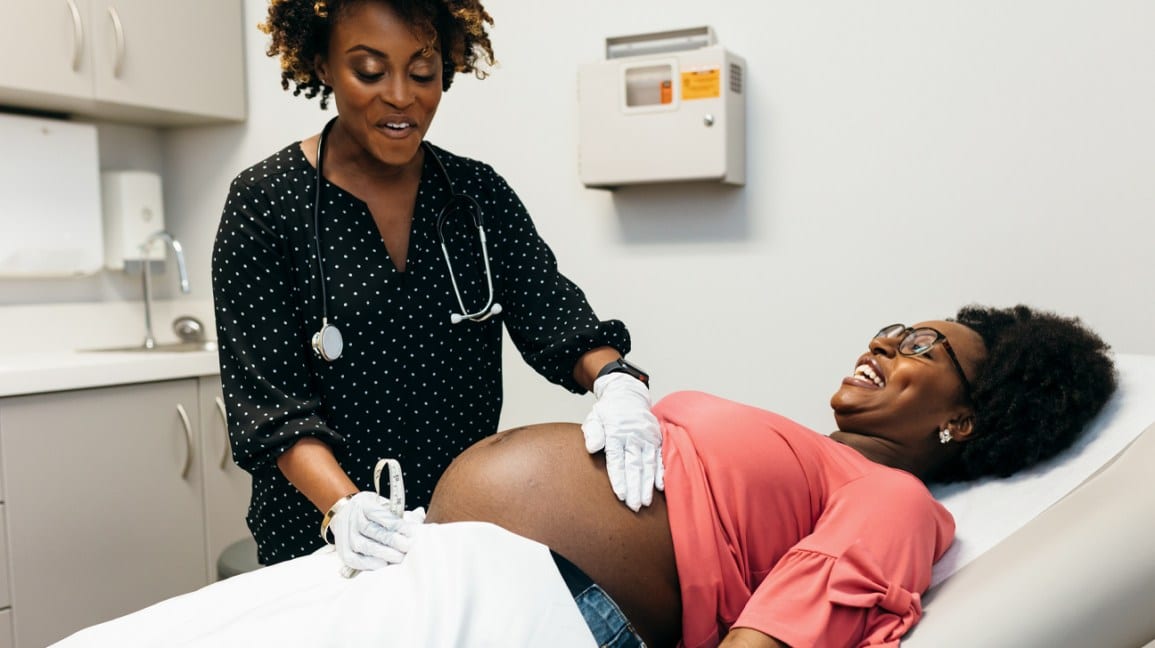Gender reveal parties have taken off in the past decade – they have almost taken a life of their own. With their Pinterest Boards, Amazon party kits, and even dedicated websites this is becoming a new tradition. There are so many ways to celebrate the revelation of your soon-to-be baby. We have all seen the reveal bloopers with the powder cannons, balloon popping, cake eating – and laughed, but what if you’re using a surrogate? This makes things a little bit different, but these ideas will let the party start!
Have a party!
There are so many ways to reveal your baby’s gender if you choose to, and the best way is your way. No matter what you do, sharing the expected baby’s gender is a fun way to incorporate everyone in a momentous occasion.
Cake
You don’t need to have a party to have cake! Is there a yummier way to announce the gender of your child? A gender reveal cake is a cake that, when sliced, will show the dominant color of either blue or pink.
Piñata
If you want to get your surrogate’s children or your nieces or nephews involved, children don’t love anything more than a piñata! Having it stuffed with blue or pink goodies is fun and exciting to reveal the gender of your baby to be.
Balloons
Whether you pop them, let them fly, put them in a box – balloons are a fun surprise. You can fill them to pop them, stuff them in a box for a great surprise – and kids love them too!
Sonograms
Sonograms are your first sneak peek at your baby. You can use it to reveal your baby’s gender by adding a pop of color to show the baby’s gender uniquely! Use a cute colored frame or add sweet embellishments to a sonogram photo to create an unforgettable gender reveal!
Include your pet!
Gender reveals aren’t just for people these days— you can get your family pet involved! Tie a colored scarf, hang a sign, or place baby shoes next to your pet’s paws for a meaningful or photo op!
You can be the most significant part of a gender reveal! Begin your surrogacy journey with Shared Conception. Call us at either our Houston 713-622-1144 or Dallas 214-390-4024 office for more information. Or, visit www.deliveradream.com to get started on an application to become a surrogate.










